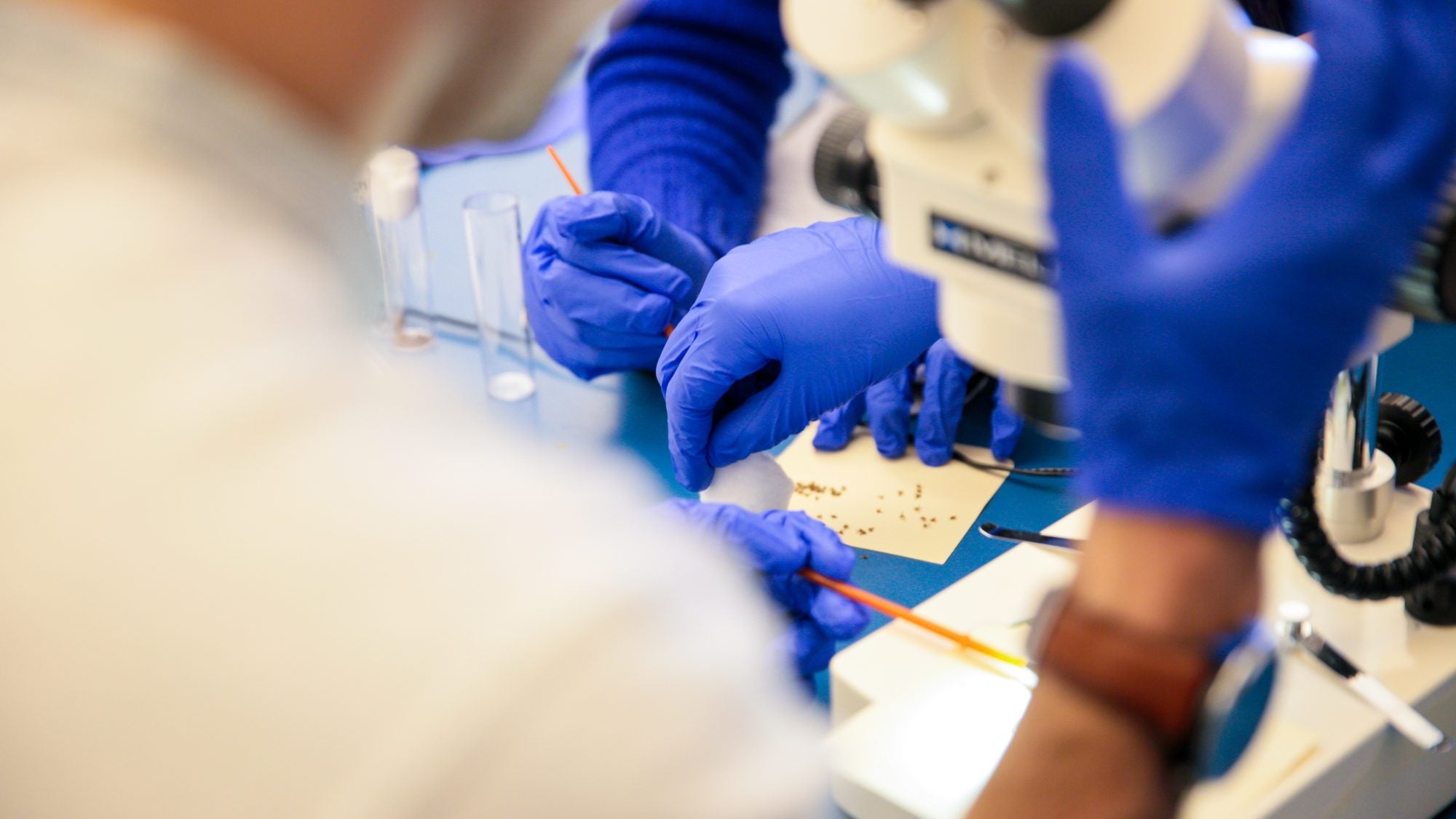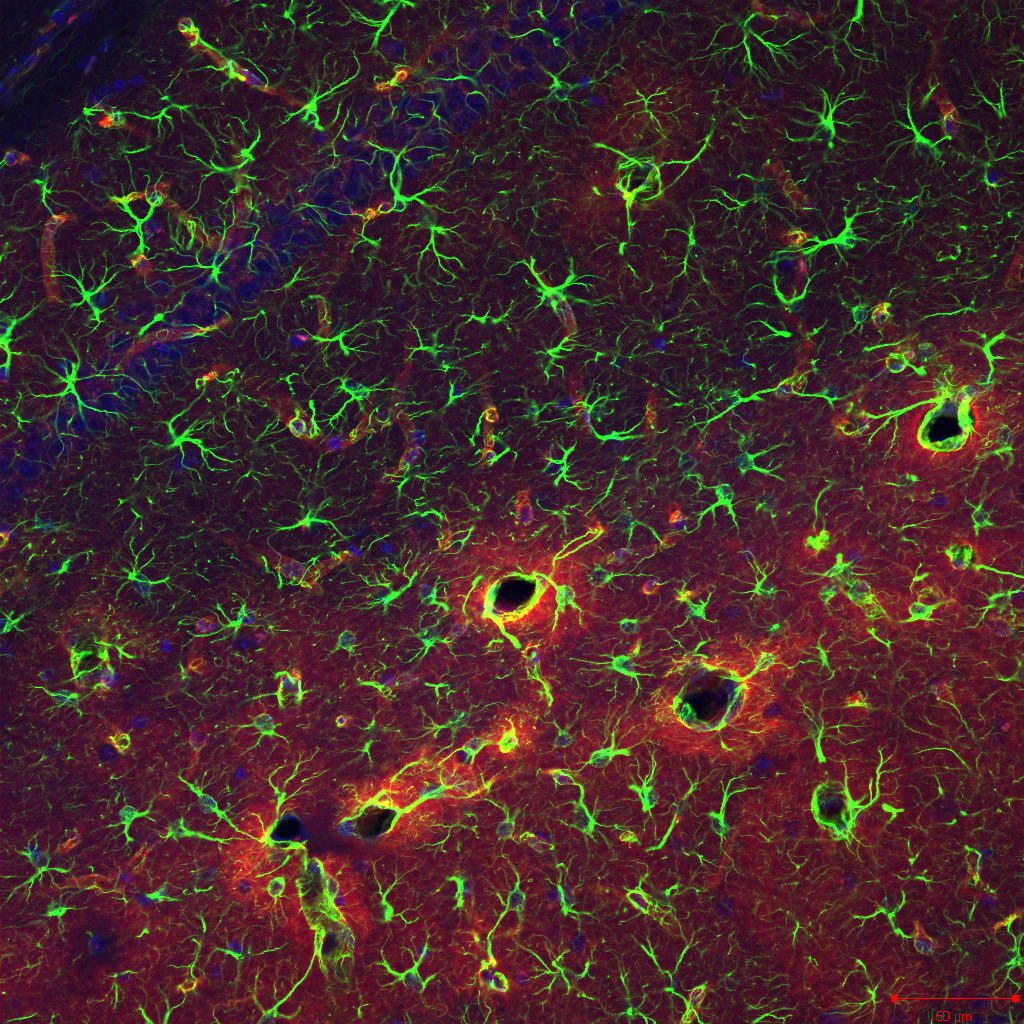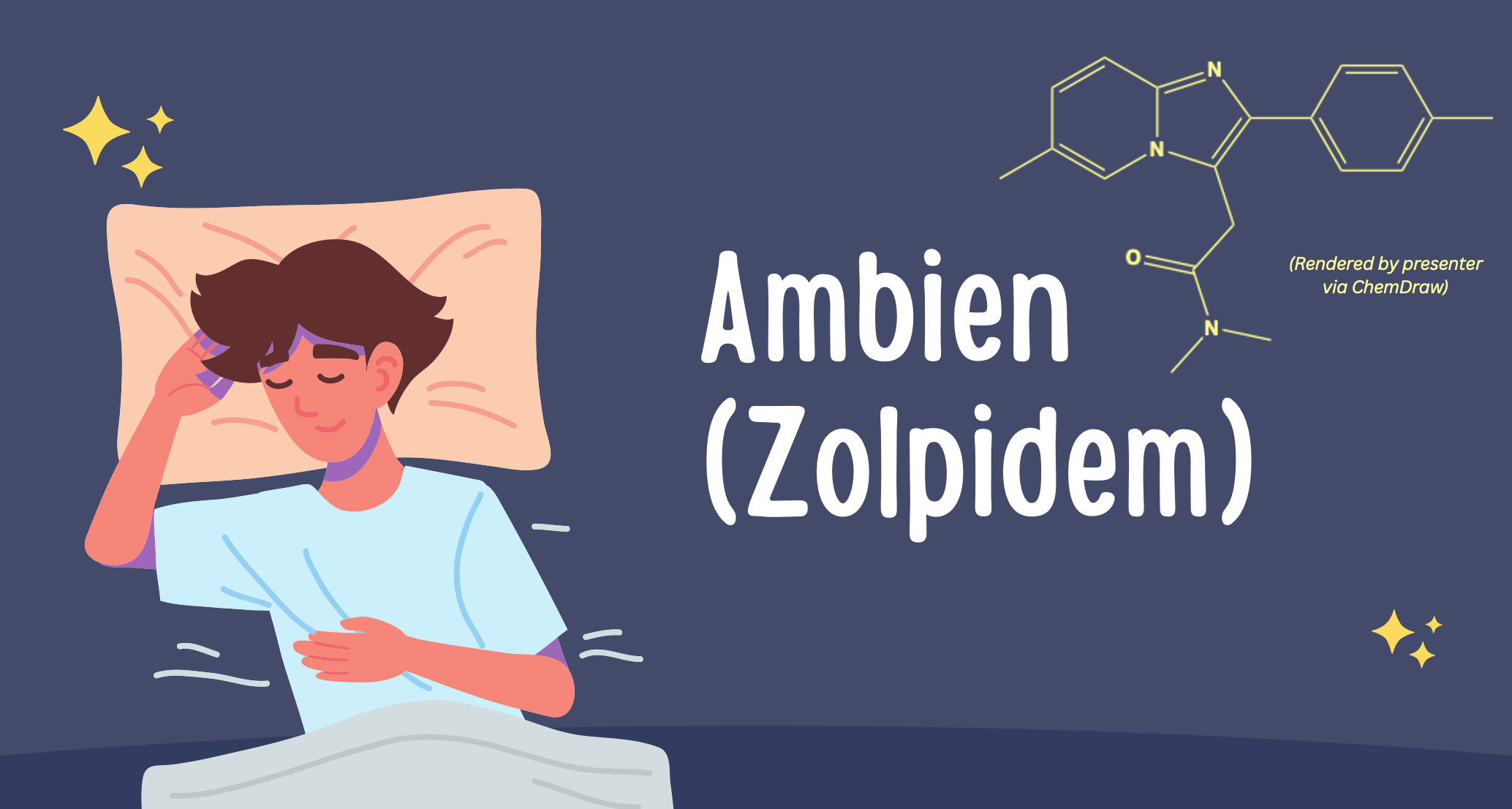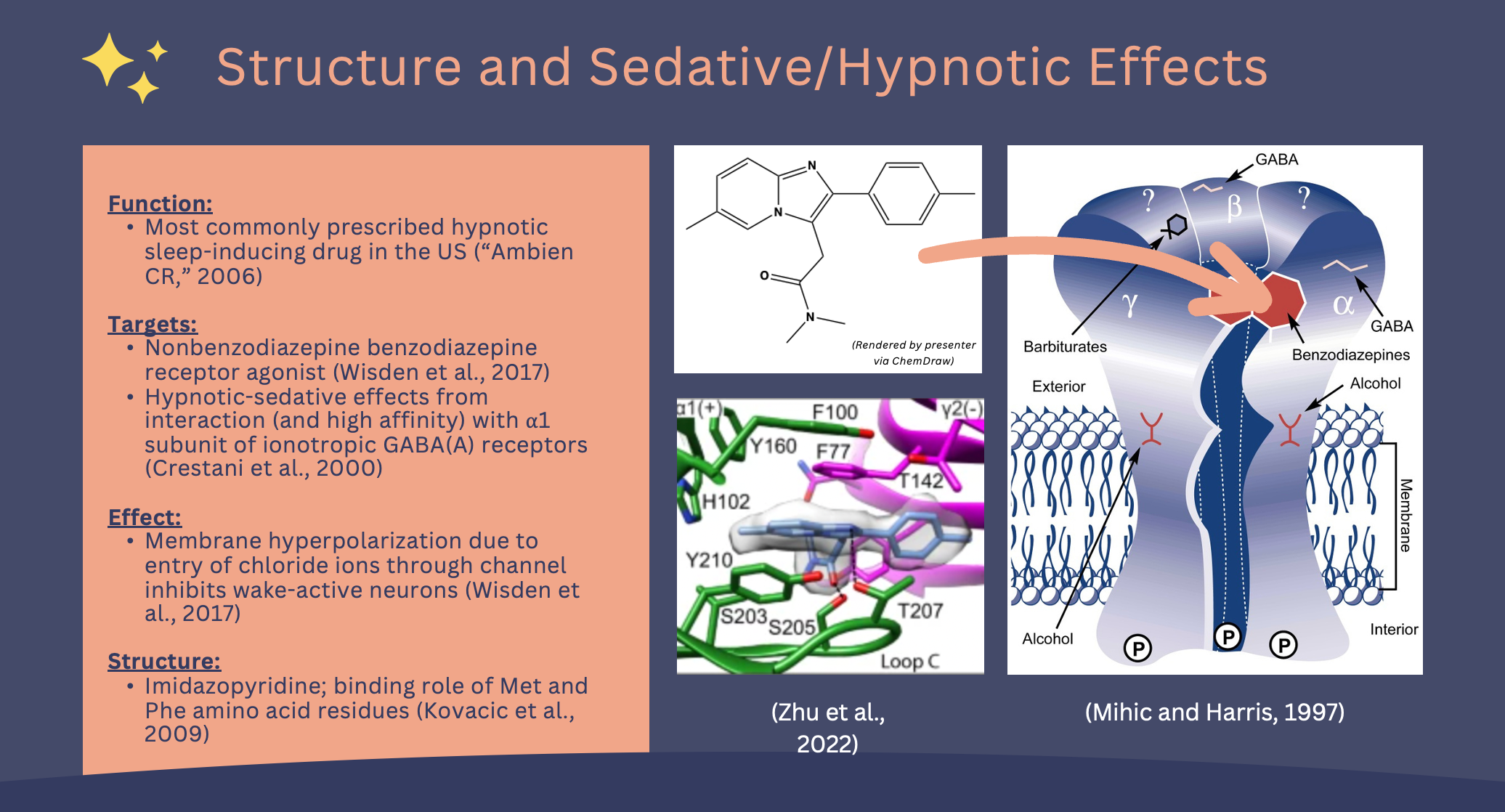
Title: Brains, Neurobiology and Synapses: Reflecting On My Favorite Class at Georgetown
This story is a part of the Student Life Blog, which is primarily produced by the students behind Georgetown Stories, a series that follows a group of students throughout the academic year at Georgetown as they share their experiences with past, present and future Hoyas.
Choosing just one favorite class that I have taken during my time on the Hilltop after two and a half years in the College of Arts & Sciences is a tall order. From intensive Italian to genetics, I have delved into diverse fields with fantastic professors — one of the perks of the College’s core curriculum. However, I can certainly point to one of the most rewarding classes I have taken so far at Georgetown — Synaptic Transmission with Professor Maguire-Zeiss.
As a pre-medical student majoring in neurobiology with a minor in psychology, I spent my

first two years at Georgetown mainly covering the basics of various scientific fields. While I had many amazing moments in these foundational courses, applying this base knowledge and completing a deep dive into a highly specific (but also highly intricate) topic was both fascinating and fulfilling. Synaptic Transmission, which I completed last semester, primarily investigates the biological basis of cellular communication in the central nervous system. As one of the required courses of the neurobiology program (though anyone who has completed the prerequisite neurobiology gateway course can also enroll), the knowledge I learned in Synaptic Transmission gave me a far more detailed understanding of how communication in the brain occurs — and how it goes wrong or is impaired.
At the level of the synapse, we learned about the similarities and differences between chemical neurotransmitters, covered distinct  neural pathways and explored the mechanisms of various drugs and toxins. As an aspiring doctor with specific interests in psychiatry or neurology, digesting the intricate biology underlying clinical neurological conditions is an extremely critical skill that I practiced in this course.
neural pathways and explored the mechanisms of various drugs and toxins. As an aspiring doctor with specific interests in psychiatry or neurology, digesting the intricate biology underlying clinical neurological conditions is an extremely critical skill that I practiced in this course.
Synaptic Transmission was designed to help us integrate this neurobiological information into our daily lives. It is among the Engelhard courses at Georgetown — a program that aims to bring health and well-being into academic coursework. For this course, we specifically focused on sleep. Throughout the semester, we each kept a sleep log noting our hours and quality of sleep each night. The goal was to identify how our sleep schedule or activities before sleeping reflected upon the quality of our rest. Personally, I found keeping this sleep log to be a bit of a reality check, but I was far more cognizant of how my sleep practices impacted my day-to-day life. Additionally, we discussed the neurological basis and importance of sleep — including the stages of sleep, the circadian system, the impact of light on the hypothalamus and insomnia. To this day, if I am considering staying up later than I should, I think about how sleep is critical for the best functioning of the glymphatic system that clears waste from the brain.
One of the most surprising experiences in this course was our neuroanatomy unit. As part of this unit, we had the opportunity to observe preserved human brains and spinal cords. Not only did this observation help solidify my understanding of brain stru ctures (personally, I realized I had no idea what a spinal cord really looked like), but the experience also drew striking ties between the concepts we were learning and our everyday functions.
ctures (personally, I realized I had no idea what a spinal cord really looked like), but the experience also drew striking ties between the concepts we were learning and our everyday functions.
I also had the opportunity to complete an individual presentation on Ambien and a group presentation on COVID-19’s impact on synaptic transmission. Each of these presentations allowed me to better understand elements of healthcare from a neurobiological perspective. For instance, while I knew the practical effects of Ambien, completing this project allowed me to understand the actual mechanism of this drug’s action. Additionally, while I had read reports of neurological concerns surrounding COVID-19, this project allowed me to dig into the literature surrounding the novel topic. Such forward-thinking analyses help me solidify my passion in science and my career goals! I am grateful for the opportunity to choose and explore a topic of interest through the lens of the class, evaluate what we know and what we still need to discover, and propose which treatment avenues are most promising today — truly modeling the first background steps of any scientific study. Now, I can envision myself in ten years researching neuroinflammation or treating patients as new literature related to this project emerges.

Lastly, while not directly related to the class, I have to give a shout-out to Professor Maguire-Zeiss’s occasional special guest Russell — the best beagle of Georgetown! Seeing Russell before our final exam truly gave me all of the motivation I needed.
I’m on a journey to convince everyone I know to explore the neurobiology major. The Synaptic Transmission course is one of my favorite courses at Georgetown and one I’ll recommend to any Hoya!